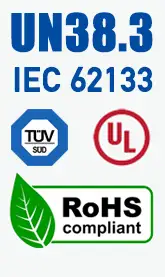Micro Lithium Polymer Battery 3.8V
HIGH VOLTAGE
HIGH ENERGY DENSITY / HIGH CYCLE LIFE / POWERFUL FOR WEARABLES AND OTHER MOBILE APPLICATIONS
Micro Lithium Polymer Battery 3.8V (Button Cells)
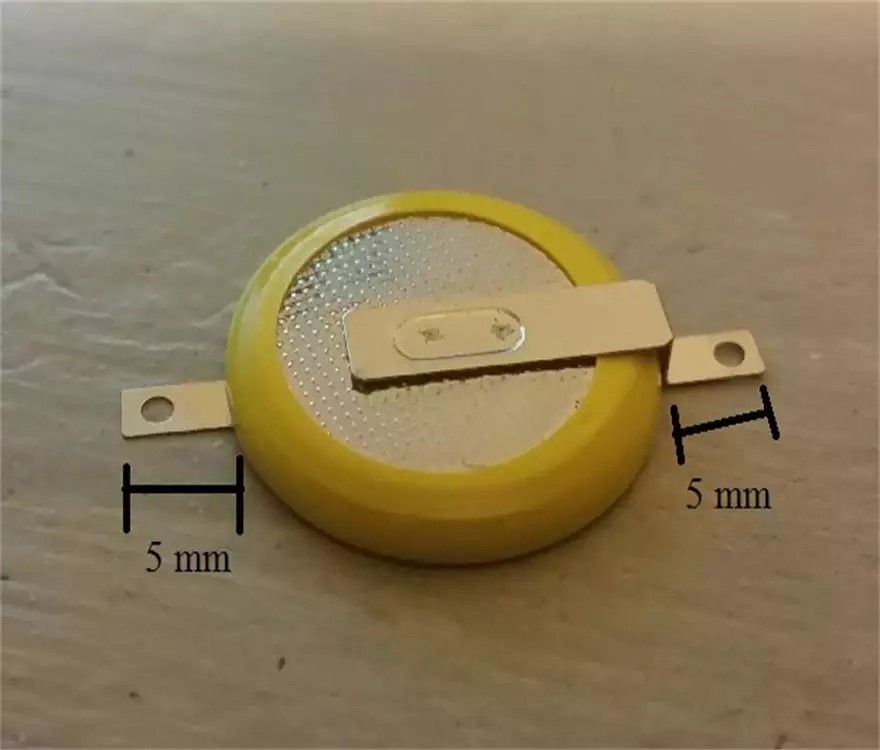
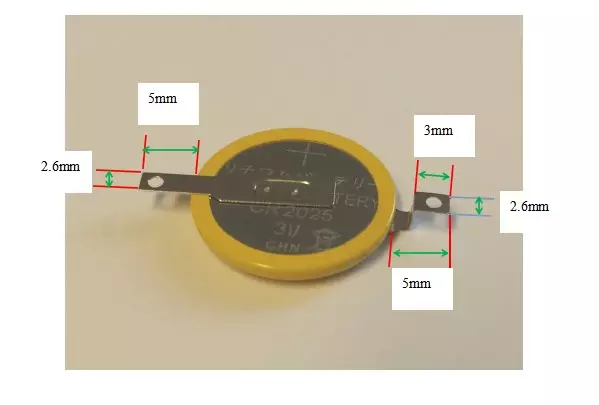
3.8V lithium polymer battery for smartphones and tablets
Compared to 3.6V or 3.7V per lithium polymer battery typical of most lithium polymer batteries in other types of consumer devices. A 3.8V lithium polymer battery is used. The charging voltage of this 3.8V lithium polymer battery is 4.35V, and the power-off energy is 3.00V.
Higher Energy Density 3.8V lithium polymer battery
The high power consumption of mobile devices means that high energy density is more important than any other feature. This means that shortening the service life is an acceptable compromise; since the average consumer changes their smartphone every two years, service life is not a significant requirement.
In essence, higher voltages are just another way to increase overall energy density.
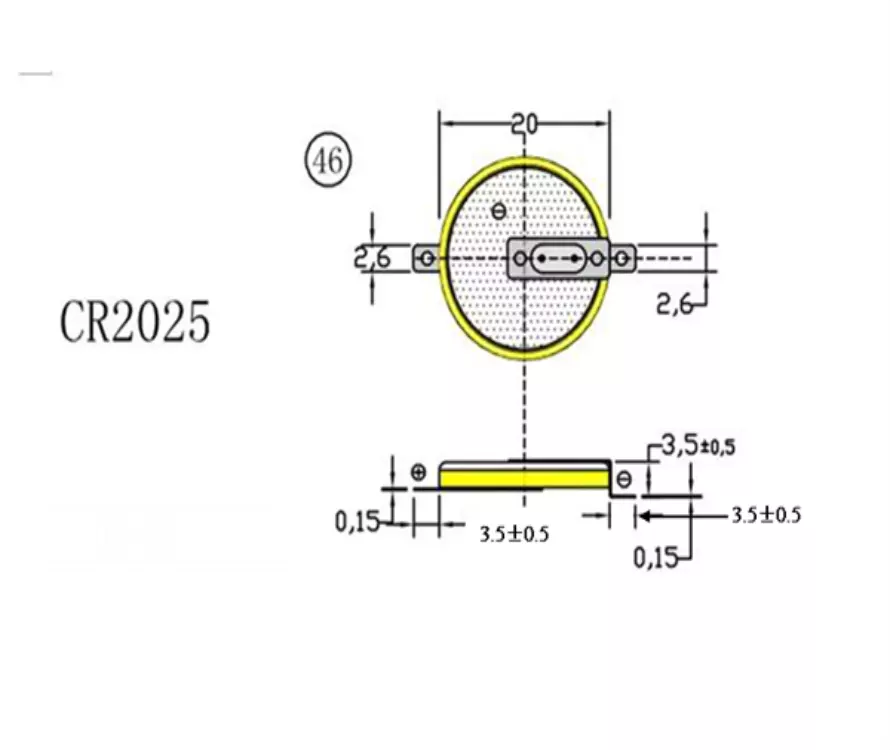
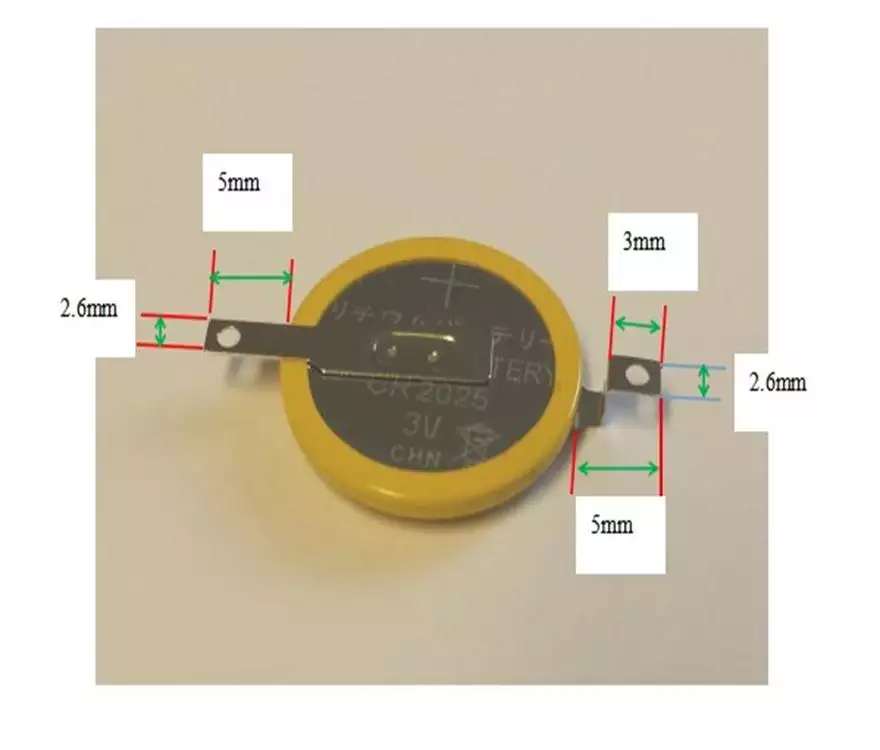
why pursue higher voltages 3.8V lithium polymer battery rather than just higher capacities?
Therefore, we have conducted some research and found that there are new developments in 3.8V lithium polymer battery technology that can be used at higher voltages for 3.8V lithium polymer batteries for mobile devices and hobbyist / RC applications. Correctly, silicon graphene additives are used in the anode to prevent corrosion at higher voltages, so that they can be charged to 4.35V or even 4.4V. This results in a slightly higher energy density, but charging the lithium polymer battery to a higher voltage shortens its life.
The Curve Comparison of High Voltage Lithium Polymer Battery 3.8V to 3.7V

Safety 3.8V lithium polymer battery
For ordinary lithium polymer battery, it is not safe to periodically charge to 4.35V, which is basically a safety margin. For a new 3.8V lithium polymer battery, 4.35V is a safe voltage, even if charging to this voltage will accelerate lithium polymer battery degradation.
3.8V lithium polymer battery with long working time
We have tested and know that 1500mAh 3.8V lithium polymer battery will work longer than 3.7V 1500mAh lithium polymer battery. The more stable the discharge voltage, the better the capacity of the 3.8V lithium polymer battery.
More important than anything else is the risk of battery ventilation/fire. Improved chemical properties mitigate this risk and allow higher voltages.
Micro Lithium Polymer Battery 3.8V List
| Part Number | Capacity (mAh) | Thickness (mm) | Diameter (mm) | Voltage (V) |
|---|---|---|---|---|
| Liter -1254 | 80 | 12 | 5.4 | 3.8 |
| Liter -1240 | 55 | 12 | 4 | 3.8 |
| Liter -1054 | 50 | 10 | 5.4 | 3.8 |
| Liter -1040 | 35 | 10 | 4 | 3.8 |
| Liter -0840 | 18 | 8 | 4 | 3.8 |
| Liter -1154 | 65 | 11 | 4 | 3.8 |
| Liter -1140 | 45 | 11 | 5.4 | 3.8 |
| Liter -0954 | 35 | 9 | 4 | 3.8 |
| Liter -0940 | 26 | 9 | 4 | 3.8 |
| Liter -0425 | 28 | 4.5 | 23 | 3.8 |

